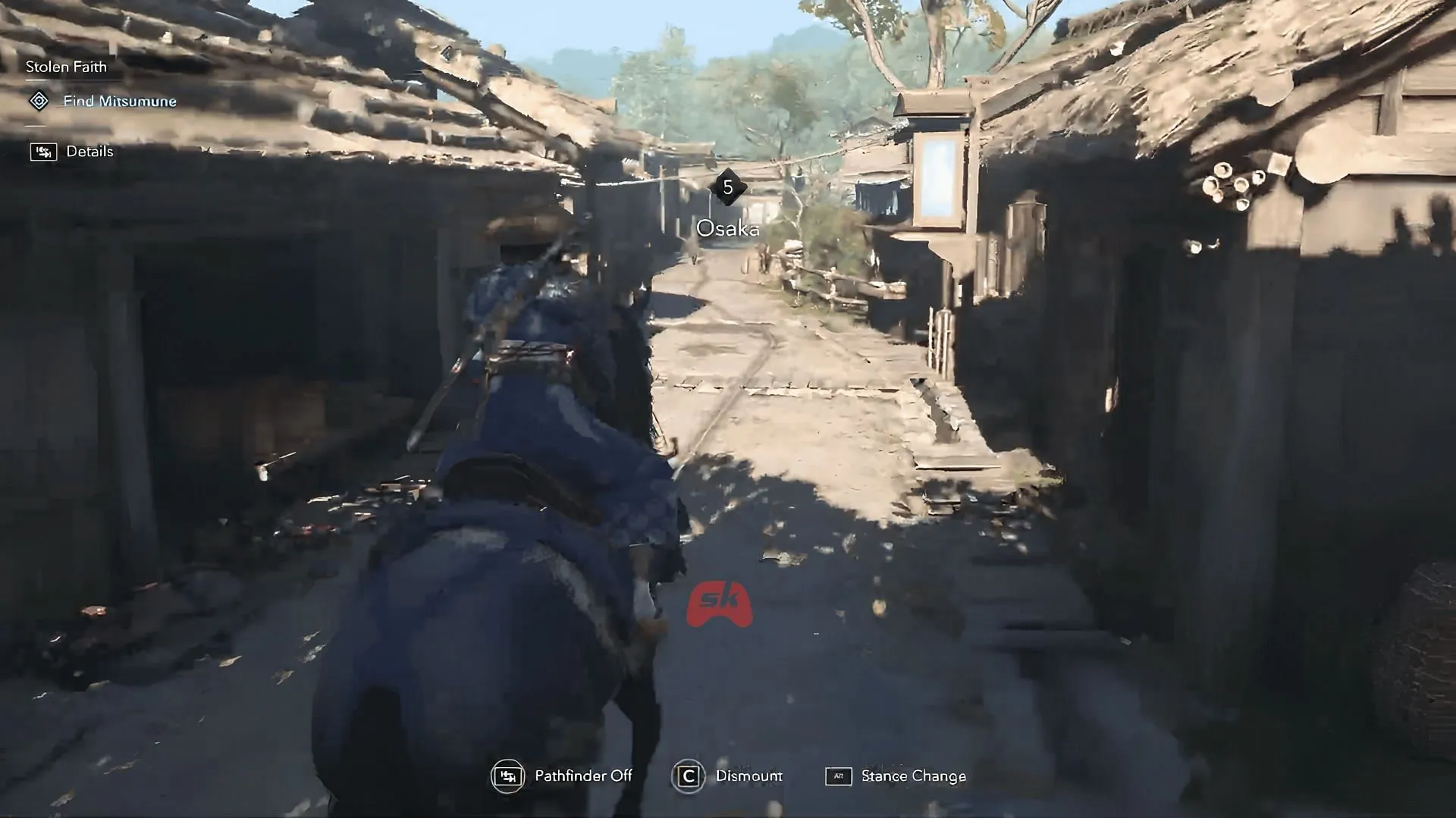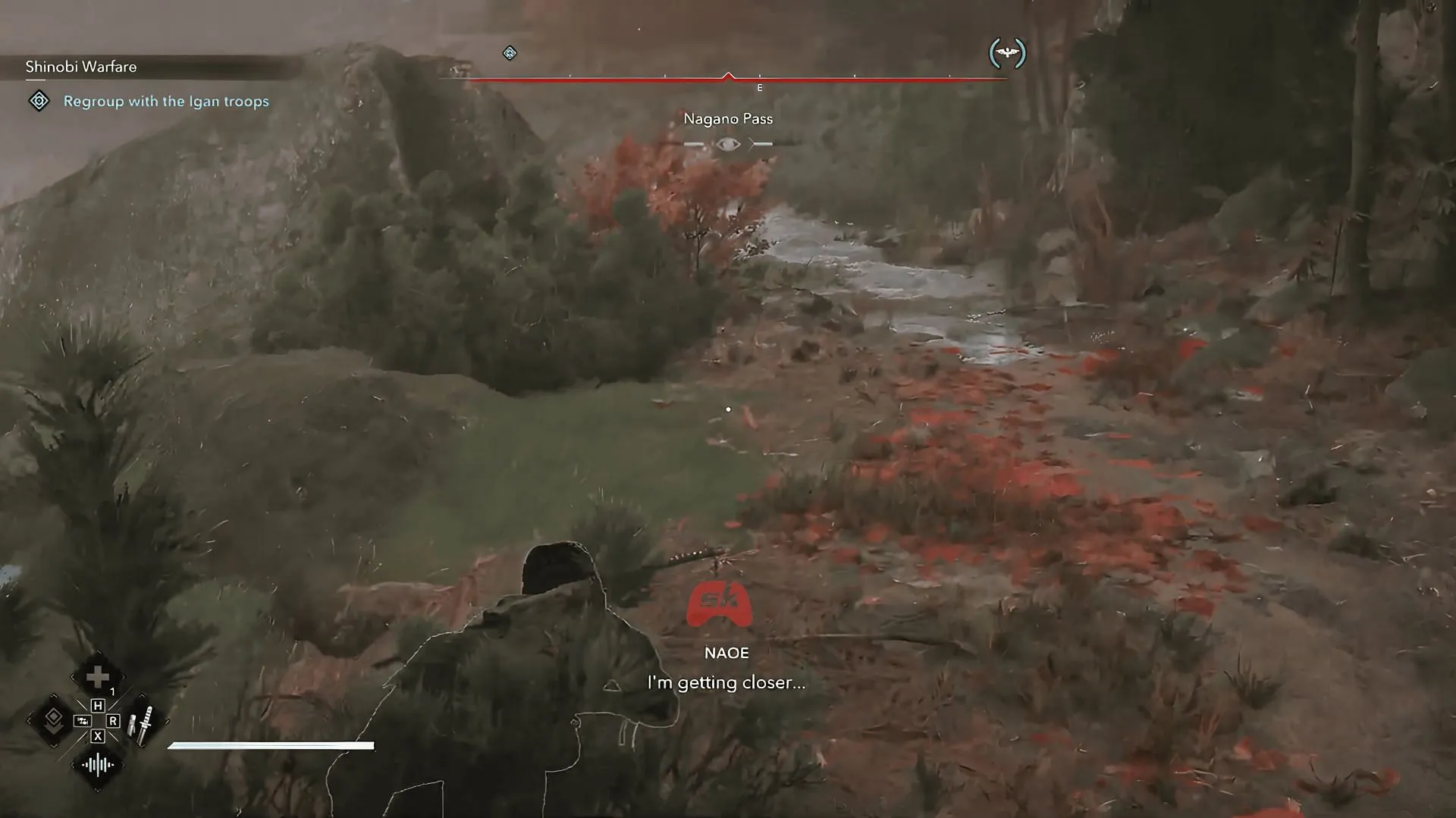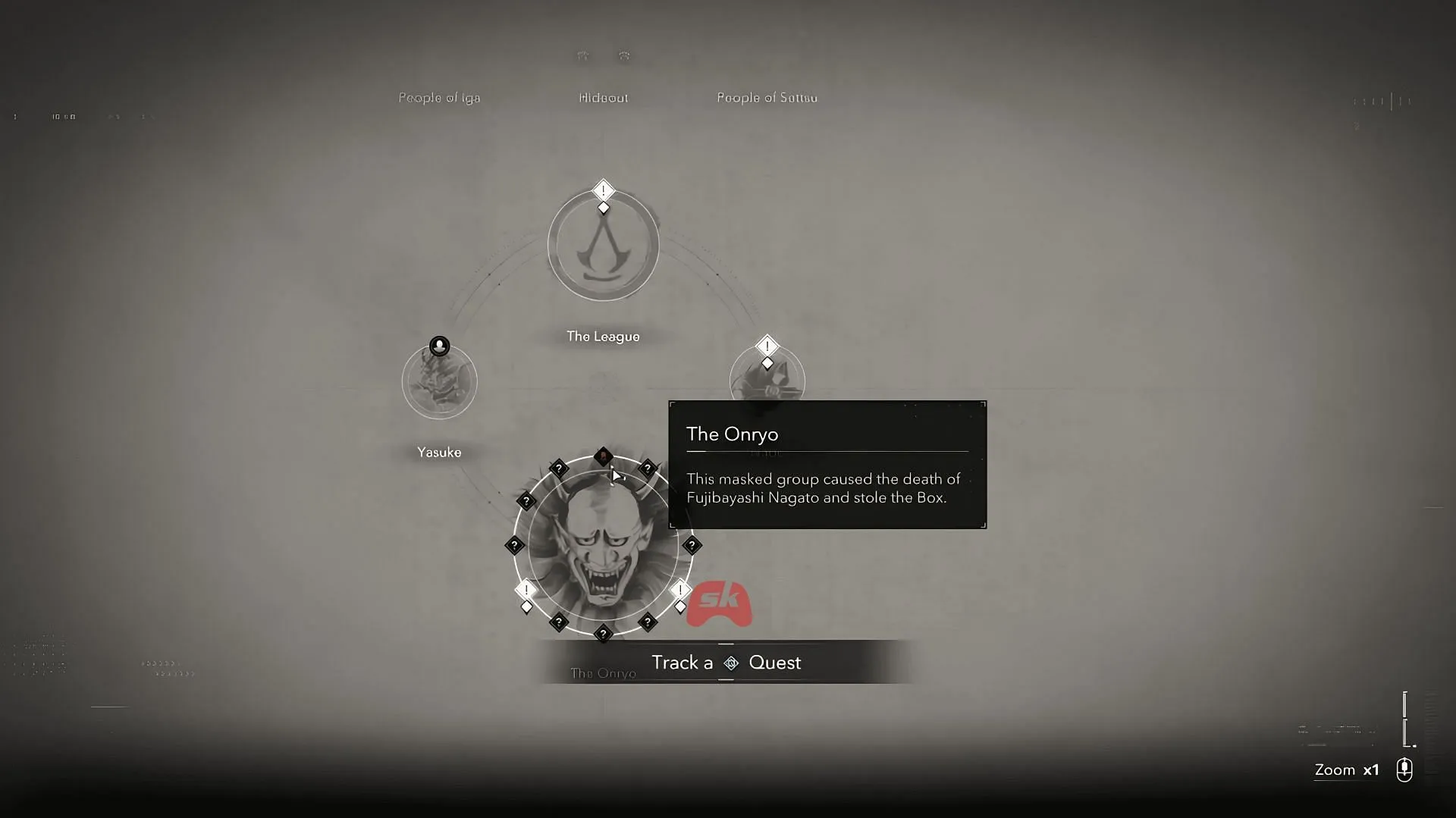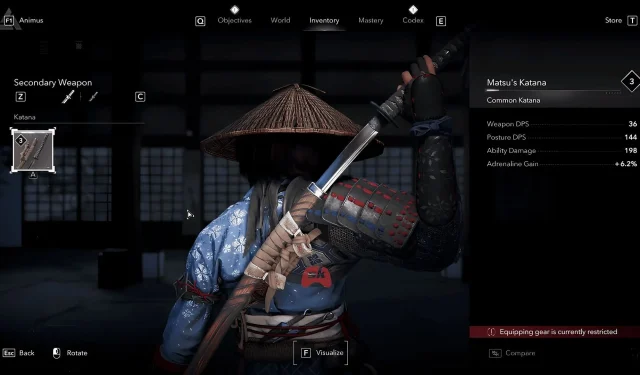With the recent announcement of Assassin’s Creed Shadows set against the backdrop of feudal Japan, comparisons to Ghost of Tsushima have been on the rise. Both titles immerse players in the same historical period, prompting fans to explore similarities and distinctions not only in gameplay but also in narrative and structure. This article delves into the nuanced comparison between these two highly anticipated games.
Assassin’s Creed Shadows vs Ghost of Tsushima: An In-Depth Comparison
Similarities
1) Horse Riding Mechanics

Both Assassin’s Creed Shadows and Ghost of Tsushima incorporate horse riding as a central method of travel. The heads-up display (HUD) and third-person view while riding echo each other, although Shadows slightly adapts the HUD layout from its predecessor, Ghost of Tsushima. Players will find that both games ensure smooth riding mechanics, though differences in camera angles and responsiveness are evident.
2) Stealth Combat Dynamics
Stealth plays a crucial role in both titles, emphasizing strategic positioning and calculated distractions for successful engagement. Players can adopt varied tactical approaches; while the overall fluidity of combat remains consistent, both games offer unique nuances that contribute to tactical diversity.
3) Exploration and Side Quests

Both games feature side quests that connect deeply with culture. In Ghost of Tsushima, players can engage in activities such as haiku writing and bamboo strikes, enriching the experience through cultural narratives. Conversely, Shadows introduces elements like traditional tea ceremonies and Sumi-e painting, each offering immersive rewards anchored in cultural significance.
4) Gear Customization
Customization is a standout feature in both titles. In Ghost of Tsushima, players can upgrade weapons and armor, affecting both performance and aesthetics. Shadows, on the other hand, introduces a Transmogrification system, allowing players to alter the visual appearance of their gear without affecting its stats, thus broadening personalization options.
5) HUD and Interface Consistency
Shadows shares a familiar interface with Ghost of Tsushima, differing from earlier Assassin’s Creed titles like Valhalla. Players of both games will appreciate the consistent design of the HUD, which includes the health bar, stealth detection meter, and weapon menu.
Differences
1) Riding Perspective Variations
The perspective while riding is notably different; Ghost of Tsushima uses a lower camera angle for a more immersive experience grounded at the horse’s waist. In contrast, Shadows adheres to a traditional third-person viewpoint reminiscent of previous entries in the franchise.
2) Character Control and Narratives

Ghost of Tsushima tells the story of a single protagonist, Jin Sakai, exploring his transformation from samurai to ghost warrior. In contrast, Shadows employs a dual-character system featuring Naoe, a stealth-savvy shinobi, and Yasuke, a formidable samurai, allowing players to switch characters and experience varied gameplay styles across missions.
3) Distinct Combat Styles
Ghost of Tsushima focuses on nuanced, stance-based combat where stances counter specific enemy types. Shadows, however, offers a more direct combat system with heavy strikes from Yasuke and swift, stealth-based attacks from Naoe. A new Posture attack mechanic in Shadows allows players to break through enemy defenses, adding another layer to combat strategy.
4) Visual and Artistic Approaches
While Ghost of Tsushima is acclaimed for its vibrant, cinematic artistry that evokes a painting-like aesthetic, Shadows takes a more realistic direction. The emphasis on detailed textures and ray tracing in Shadows aims for authenticity, even if it sacrifices some stylized flair.
5) Movement and Climbing Techniques
The movement mechanics differ significantly; Shadows incorporates the parkour style of previous Assassin’s Creed games with advanced animations and tools like grappling hooks, albeit it restricts exploration due to unscalable vertical surfaces. Ghost of Tsushima allows freer roaming and exploration, offering a less confined experience.
6) Tone and Approach to Side Activities
The treatment of side activities remains another point of divergence. While Ghost of Tsushima promotes self-reflection and personal growth through its side activities, such as bamboo strikes and haiku composition, Shadows shifts focus towards cultural appreciation with engagements in tea ceremonies and Sumi-e painting.
Ultimately, both Assassin’s Creed Shadows and Ghost of Tsushima masterfully encapsulate the charm of Feudal Japan, each with its distinct approach. While Ghost of Tsushima leans heavily into atmospheric storytelling and intricate combat mechanics, Shadows emphasizes stealth, exploration, and its place within the broader Assassin’s Creed timeline.


